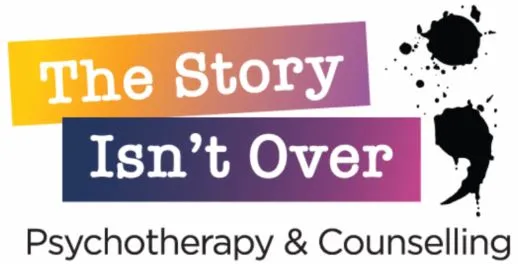Understanding Openness Mediation in Adoption
Openness Mediation is a unique and specialized form of mediation designed to help families navigate the sensitive landscape of adoption. Its focus is on building and maintaining healthy, ongoing connections between a child, their birth family, and their community of origin—after the adoption has been finalized.
Unlike traditional mediation, which often centres on resolving disputes, Openness Mediation is proactive. It aims to create clear, sustainable, and child-focused contact agreements that honour the child’s emotional, cultural, and developmental needs.
A Child-Centred and Flexible Approach
At the heart of Openness Mediation is flexibility. Each openness plan is tailored to the specific needs of the child and the unique dynamics of the families involved. The plan may include different types of contact—such as:
- Communication via secure digital platforms
For instance, a younger child may benefit from regular face-to-face visits to maintain a strong bond, while a teenager might prefer occasional written updates or virtual contact. The mediator works with everyone involved—birth parents, adoptive parents, and sometimes the child themselves—to shape a plan that feels right and supportive for all.
Creating a Safe Space for Honest Conversations
Openness Mediation is led by a trained Child Protection Mediator who understands the emotional complexity of adoption. Their role is to create a safe, neutral space where everyone can speak openly and be heard.
Adoption often brings a range of feelings—birth parents may want frequent involvement in the child’s life, while adoptive parents may have concerns about boundaries or the child’s adjustment. The mediator helps manage these concerns and guides the conversation toward shared understanding, always keeping the child’s best interests at the centre.
Clear, Structured Agreements
A key part of Openness Mediation is creating a plan that is not only practical but also clearly documented. In many cases, these openness plans become legally binding or form the basis for court-approved openness orders.
These agreements help avoid confusion or future conflict by setting clear expectations—for example:
- Birth parents will receive two email updates per year
- The child will visit with their birth family once a year
- Contact methods and frequency will be reviewed annually
By having these details spelled out, families can build trust, reduce anxiety, and create a more stable environment for the child.
Honouring Cultural and Community Connections
For children adopted from a different cultural background or community, staying connected to their roots is vital. Openness Mediation recognizes this and incorporates cultural considerations into the openness plan whenever appropriate.
This might include:
- Regular contact with extended birth relatives
- Attending cultural events or celebrations
- Learning family traditions and heritage stories
Mediators with specialized training are equipped to help families explore these elements and integrate them respectfully into the child’s life.
Supporting Lifelong Relationships
Ultimately, Openness Mediation is about creating lasting, meaningful relationships that grow with the child. Adoption doesn’t erase a child’s past—it weaves it into their future. This process supports adoptive and birth families in building mutual respect and collaboration, ensuring the child feels connected, supported, and rooted in their identity.
How We Can Help
At The Story Isn’t Over, we offer Openness Mediation services guided by experienced Child Protection Mediators who are specially trained in adoption dynamics and family systems. Our goal is to help families create respectful, realistic, and child-focused openness plans that work for everyone involved.
If you're considering Openness Mediation or want to learn more about how it could support your family, we're here to help. Contact us to book a consultation or ask questions—we’d be happy to guide you through the next steps.


